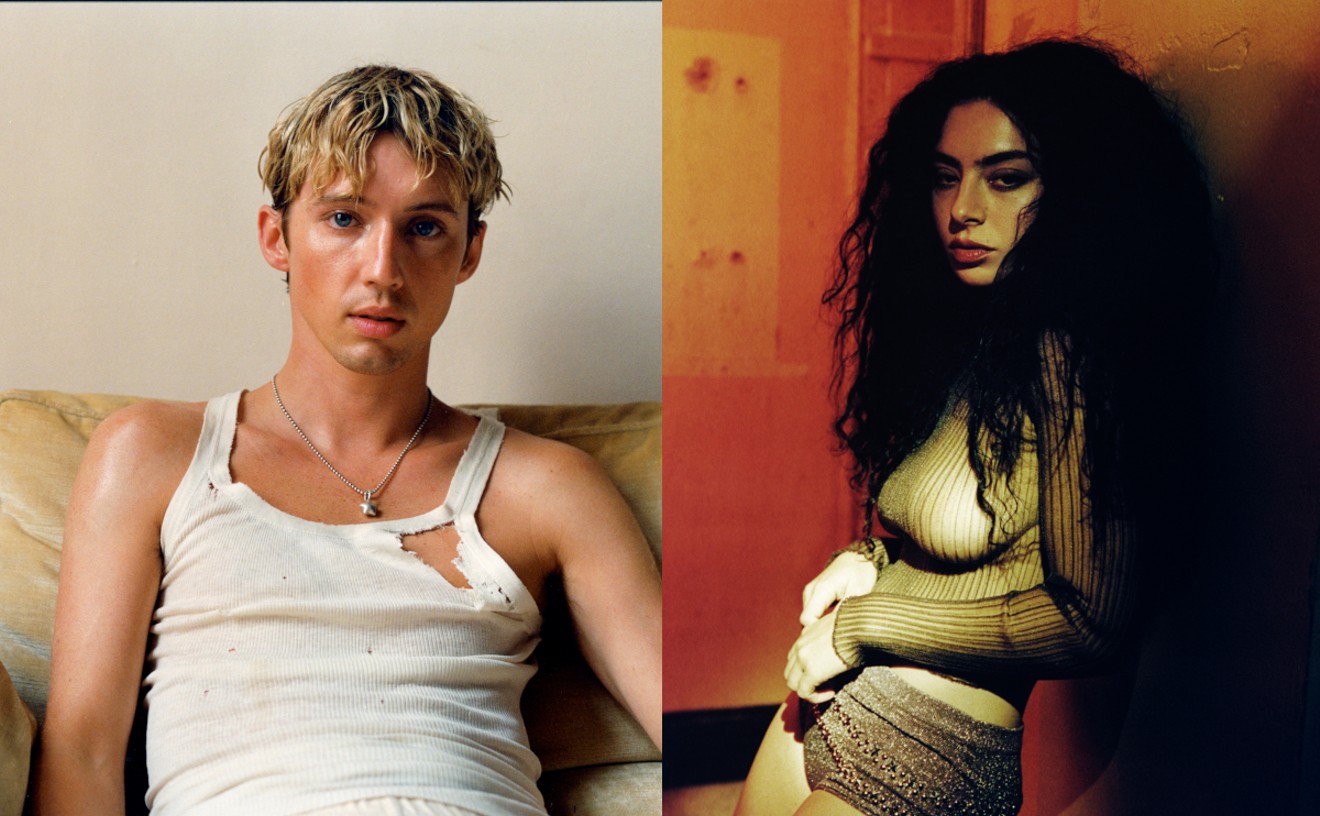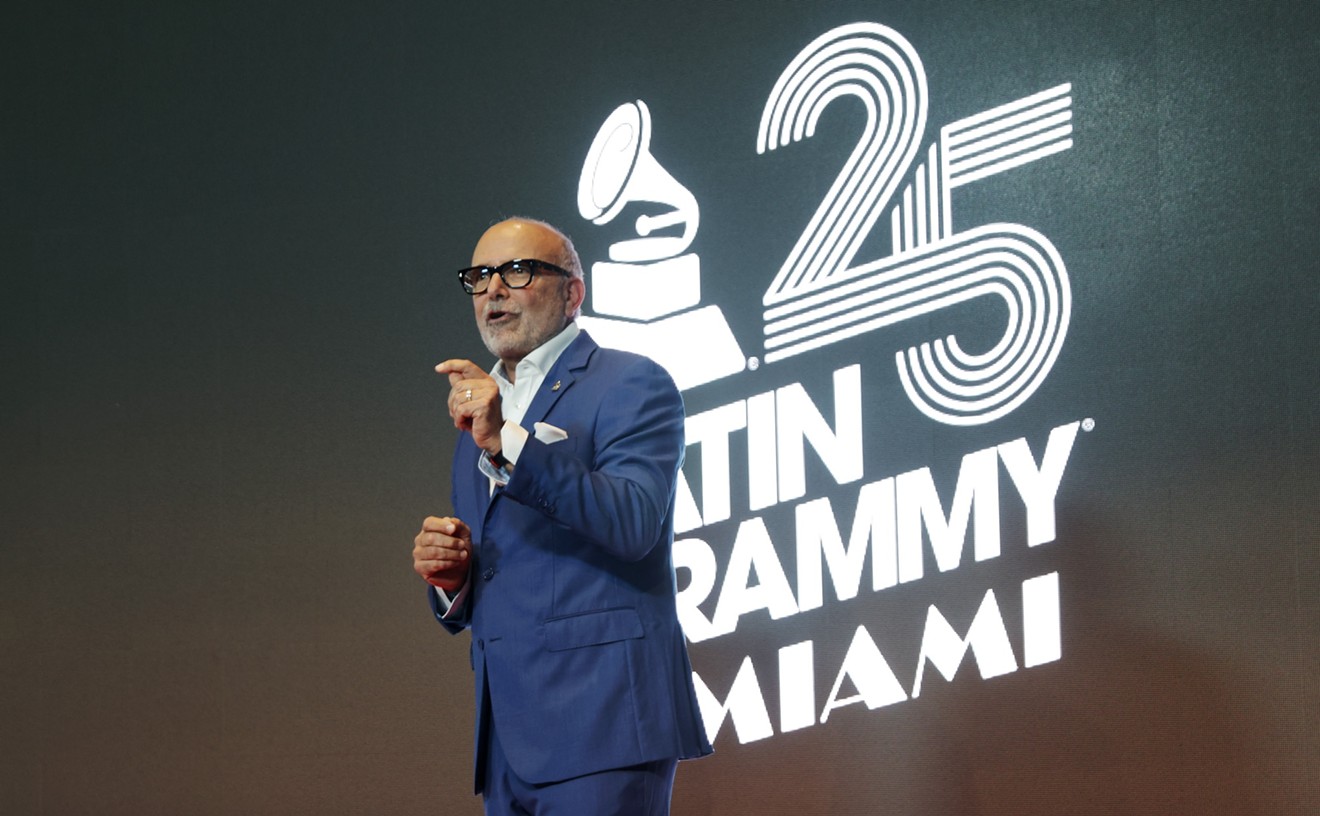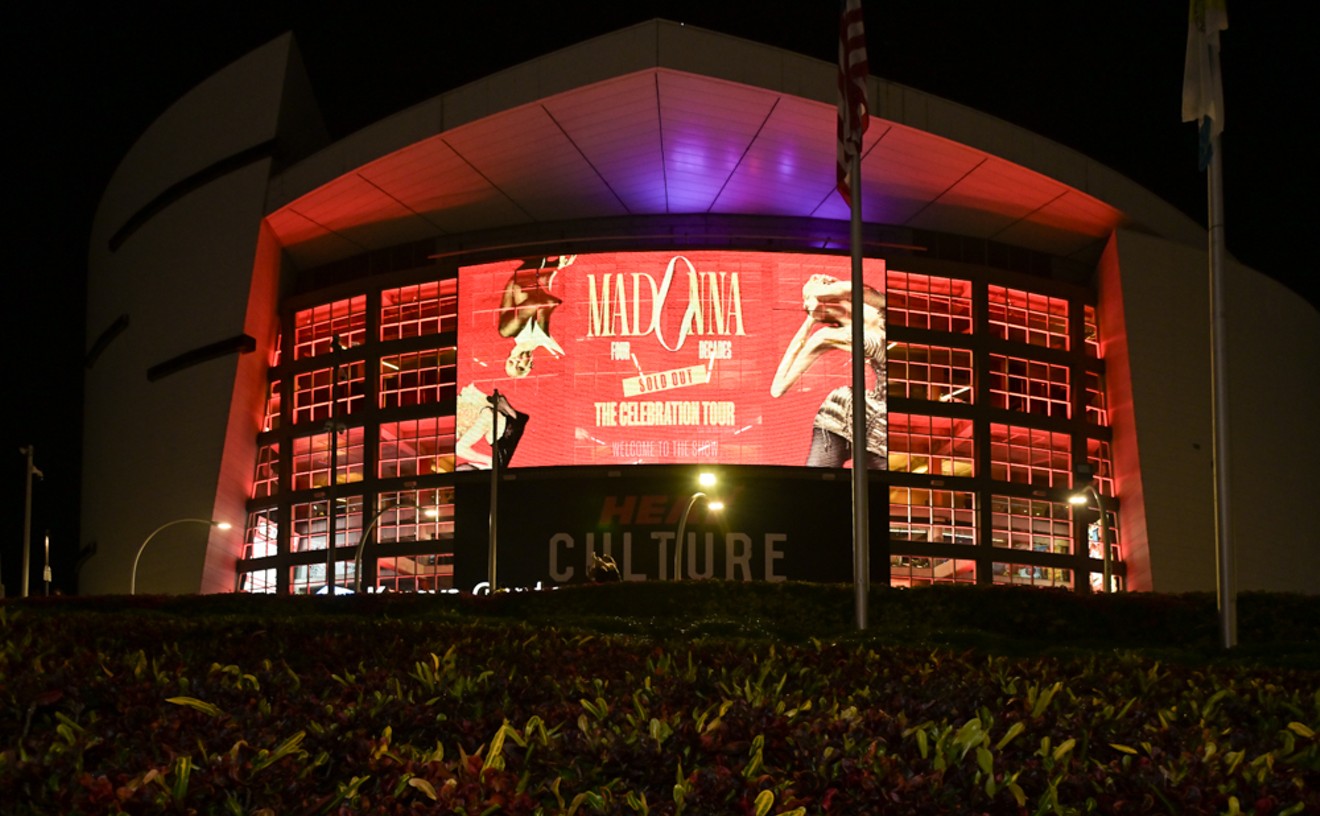When punk started brewing in the late '60s and exploded in the '70s, no one could have predicted the exponential permutations the genre would unleash.
But as it turns out, the next 40 years were a total landslide of sub-subgenres and multigenerational spinoffs.
Like what? Well, see the cut 'cause we've collected the five strangest post-punk variants of the past few decades.
5. Hare Krishna Hardcore
Hare Krishna and straight-edge hardcore make excellent bedfellows: both are purity-based lifestyles that advocate musical forms of worship. Still, there's a big difference between a parade of devotees chanting and a circle pit of karate-style mosh choreography, even if both sets of participants are wearing a sikha.
Despite the irony inherent in aggressively screaming about cosmic tranquility, '80s NYC hardcore took a strange detour when many of its key players -- including John Joseph and Harley Falagan of the Cro-Mags, and Ray Cappo from Youth of Today -- came under the tutelage of a Jersey-based Krishna mentor. Soon, Cappo was fronting Shelter, the quintessential Krishnacore band, and took vegan-edge b/w universal consciousness message on the road.
Cro-Mags
"Path To Perfection" (1991)
Amid the riffage and the stagediving ... A never-ending stream of Krishna iconography. Note John Joseph's deity collection.
Shelter
Live in 1991
This Shelter set from 1991 collapses into righteous Krishna pedagogy before it even really gets going. Note Ray Cappo's sikha, a traditional Krishna hair style. Before turning into a weird, Krishna-lite pop-punk band, Shelter experienced a glorious phase of performing their set in saffron robes. Unrelatedly, the breakdown at 5:07 is sick.
4. Ska Punk
Punk and ska have always had a healthy relationship. The Clash flew to Jamaica to chill with Mikey Dread and skinheads have always been a part of the two-tone family's big tent. However, in the mid to late '90s, North American skate/pop-punk opened its arms to the nation's band geeks and things would never be the same. Ska-core finds its roots in the late '80s Bay Area punk scene, with bands like the mythical (pre-Rancid) Operation Ivy lacing their speedy punk ditties with ska's signature "skat" scratching guitar strum. By well into the next decade, the phenomenon had trickled down to scenes across the nation, added full horn sections and it was well on the way to becoming a pop-culture phenomenon.
Link 80
"Verbal Kint" (1994)
Link 80 represents the ska-core underground: nasty, snotty pop-punk with Left Coast hip-hop/reggae undertones that eerily/tragically approach Sublime. These dudes saw relative success in the ska revival of the late '90s, and they were a flagship act of indie-ska stalwart Asian Man Records.
Less Than Jake
"Liquor Store" Live (1996)
Somewhere between sweaty skank pit obscurity (Slapstick) and arena ska big time (Reel Big Fish) lies Gainesville's Less Than Jake. No band could better represent the concept of "punk with horns." These dudes helped No Idea Records (and, in a certain sense, Florida punk at large) become the institution that is by emptying the piggy banks of suburbanites with checkered sneakers across the country. Do not underestimate the Less Than Jake trickle down.
Mighty Mighty Bosstones
"The Impression That I Get" (1997)
Alongside the aforementioned Reel Big Fish, the Bosstones experienced the greatest success with the ska-punk template.
3. Crossover
Crossover was Miami's mutant take on the national nu-metal (see also: rap-metal) phenomenon. Not satisfied with fusing aggro rap with macho butt-metal, Miami threw in a dash of raver aesthetic and signature South Florida booty bass to concoct a truly bewildering, only-in-Miami, scene.
Darwin's Waiting Room
"Mario Andretti (Bus Driverman)" (sometime in the late 90s / early 00s)
Groovenics
Booty Barn (sometime in the late 90s / early 00s)
Both of these videos have been selected for their revelatory qualities. "Mario Andretti (Bus Driverman" (with its delectable "Let's fuck up the Chili Pepper" intro) perfectly demonstrates the rap-metal tendencies of crossover. The song even ends with a "heavy" (think Vanilla Ice's nu-metal "Ice Ice Baby") take on Juvenile's "Back Dat Azz Up." While the Darwin's Waiting Room set explodes into a Limp Bizkit-at-Woodstock zone, the Groovenics's 2 Live Crew-inspired "Booty Barn" offers a too-real glimpse into a proto-Juggalo petri dish.
2. Screamo
No conversation about bizarre sub-genres could be complete without mention of punk's elephant in the room, screamo. Itself a subdivision of emo (which, in turn, started as a late 80s post-hardcore variant), screamo has splintered into a million different embarrassing shards, including the mall-emo spinoff "crabcore" and the "epic" post-rock screamo of the internet underground. While the whole phenomenon is worth gawking at, let's take a moment to consider the original wave. In true dialogic fashion, emo sprouted as a response to hardcore's hyperviolent, super-masculinity. But what you ended up with was a bunch of waify dudes prancing around like hippies (see: Guy Picciotto), so in an effort to reinject some primal intensity, emo bands started getting harder, faster and, most notably, shrieker. Fast forward past the transition period, and the world was ablaze with full-blown screamo aesthetics: overcomposed hardcore that, despite (and, ironically, directly because of) its intricacy, sounded like total chaos; minor chord-driven interludes; not to mention sweaters, skinny jeans, vulcan haircuts, handclapping, lots of rolling around on the floor and, yes, crying...all in the name of punk catharsis.
Saetia
Live in '97
Saetia is the textbook ridiculous screamo band, immortalized for completely over-the-top lyrics like "The softest lips tell the most precious secrets" (quickly whispered right before the breakdown in "The Poet You Never Were") and the infamous "There is no happy here" (this one was the chorus to "Some Natures Catch No Plagues").
Swing Kids
Live in '96
Swing Kids have been included in this screamo survey to juxtapose the East Coast stylings of Saetia (sweater, back to the audience) to the West Coast's take on the genre. Justin Pearson (Swing Kids frontman and later-founder of The Locust) might actually be ground zero for the Vulcan-look which is actually the grandpappy aesthetic that spawned ten million lopsided haircuts and the once-infamous, now-less contentious white belt.
1. Regional Ethnic Punk
The formula for this one is pretty easy: punk + regional folk music. The end result? Celtic punk. Klezmer punk. The U.S. version is, simply enough, "folk punk." The possibilities are endless. We have not seen a flamenco punk rock group, but we know one exists. This kind of music more or less always boils down to a pretty basic/traditional style played really really really fast.
Flogging Molly
"Selfish Man" Live at the Warped Tour
I dunno, this shit's goofy.
-- Matt Preira
Follow Crossfade on Facebook and Twitter @Crossfade_SFL.










